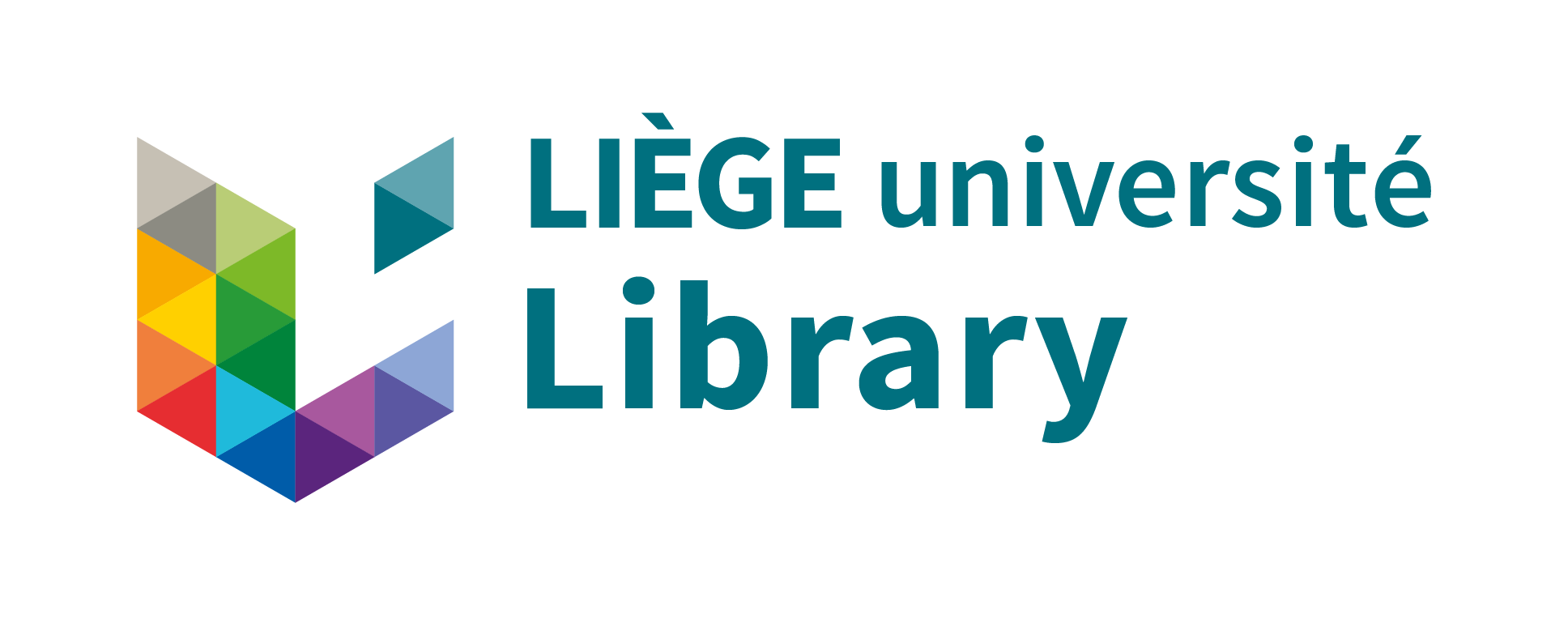Immersive technologies for virtual reality - Case study : flight simulator for pilot training
Trinon, Hélène 
Promotor(s) :
Schyns, Michael 
Date of defense : 21-Jun-2019/25-Jun-2019 • Permalink : http://hdl.handle.net/2268.2/6443
Details
| Title : | Immersive technologies for virtual reality - Case study : flight simulator for pilot training |
| Translated title : | [fr] Technologies immersives pour la réalité virtuelle - Etude de cas : simulateur de vol pour la formation des pilotes |
| Author : | Trinon, Hélène 
|
| Date of defense : | 21-Jun-2019/25-Jun-2019 |
| Advisor(s) : | Schyns, Michael 
|
| Committee's member(s) : | Peters, Florian 
Urbani, Jean-Marc |
| Language : | English |
| Keywords : | [en] Virtual reality [en] Immersive technologies [en] Aviation [en] Flight simulator [en] Training |
| Discipline(s) : | Business & economic sciences > Multidisciplinary, general & others Engineering, computing & technology > Multidisciplinary, general & others |
| Institution(s) : | Université de Liège, Liège, Belgique |
| Degree: | Master en ingénieur de gestion, à finalité spécialisée en Supply Chain Management and Business Analytics |
| Faculty: | Master thesis of the HEC-Ecole de gestion de l'Université de Liège |
Abstract
[en] Around five years ago, virtual reality (VR) came back in the spotlight after years of oblivion among the general public. During those years, tremendous technological advances in the field occurred, leading to a resurgence of the technology. Even if it is common to associate virtual reality with the entertainment industry, the corporate world considers it as a key technology for more efficient operations. Moreover, various immersive technologies are developed to enhance virtual reality experiences. Therefore, two different aspects of immersive virtual reality are covered within the scope of this master thesis: virtual reality at the service of companies and hand tracking technologies.
After defining essential concepts of virtual reality, a literature review of business applications is conducted to describe the overall potential of the technology. This managerial approach is also adopted to answer the first research question, seeking to determine if the aviation industry could make use of immersive virtual reality for pilot training. A case study on ASL Airlines Belgium (ASLB) is used as a basis to provide an answer. After analysing the market of virtual reality flight simulators and developing an immersive proof of concept, the technical feasibility of the virtual reality system is confirmed and a differentiation strategy is suggested, based on a competitive analysis.
The second research question is more technical and deals with the comparison between two hand tracking immersive technologies in virtual reality, namely the Leap Motion and the Hi5 VR Gloves. Before analysing these immersive technologies, immersion and presence concepts are presented. Then, a comparative study between the two technologies is conducted using a within-subject experimental design. The proof of concept developed for ASLB serves as virtual environment for the experiments. Results show that the Leap Motion and the Hi5 VR Gloves provide a similar virtual reality experience in terms of presence, tracking, interaction, fluidity and precision. The findings contribute to research on immersive technologies but can also be useful to draw managerial conclusions for ASLB. Indeed, given the findings and the large price difference between the two hand tracking technologies, the cheapest one should be selected for the proof of concept, that is to say the Leap Motion.
Cite this master thesis
The University of Liège does not guarantee the scientific quality of these students' works or the accuracy of all the information they contain.


 Master Thesis Online
Master Thesis Online



 MasterThesis_Trinon_Helene.pdf
MasterThesis_Trinon_Helene.pdf
